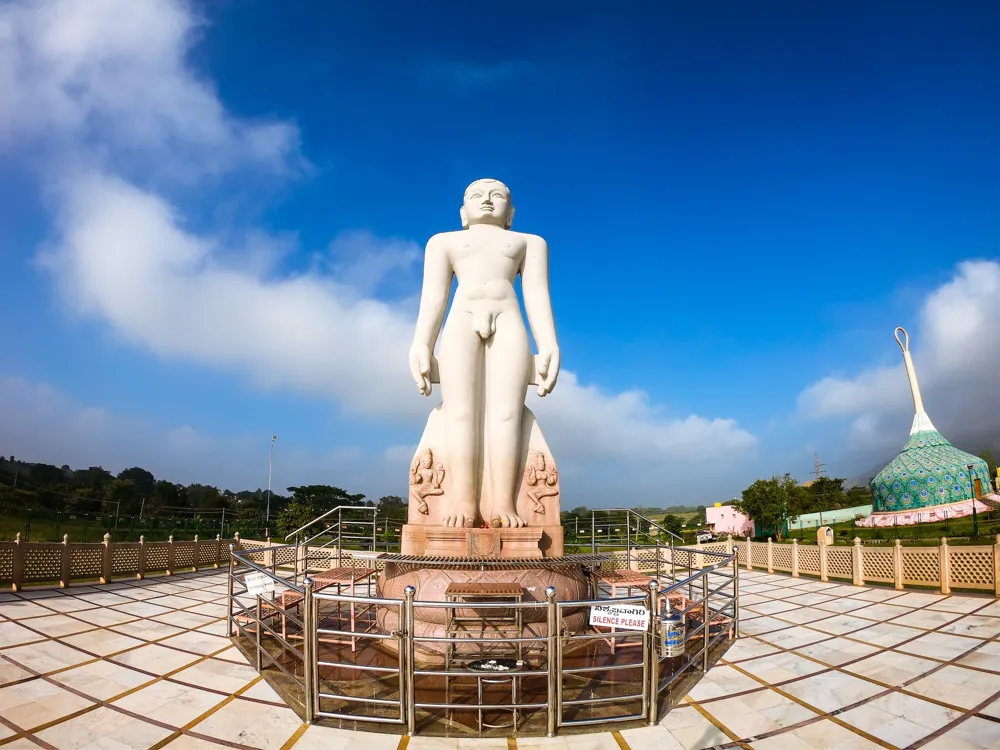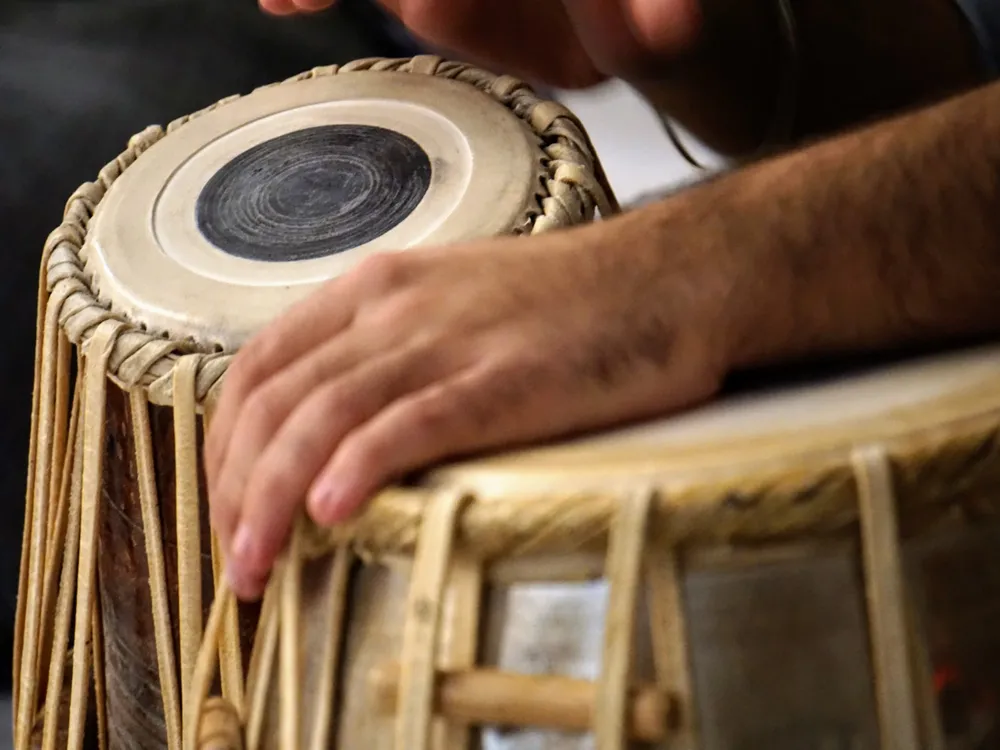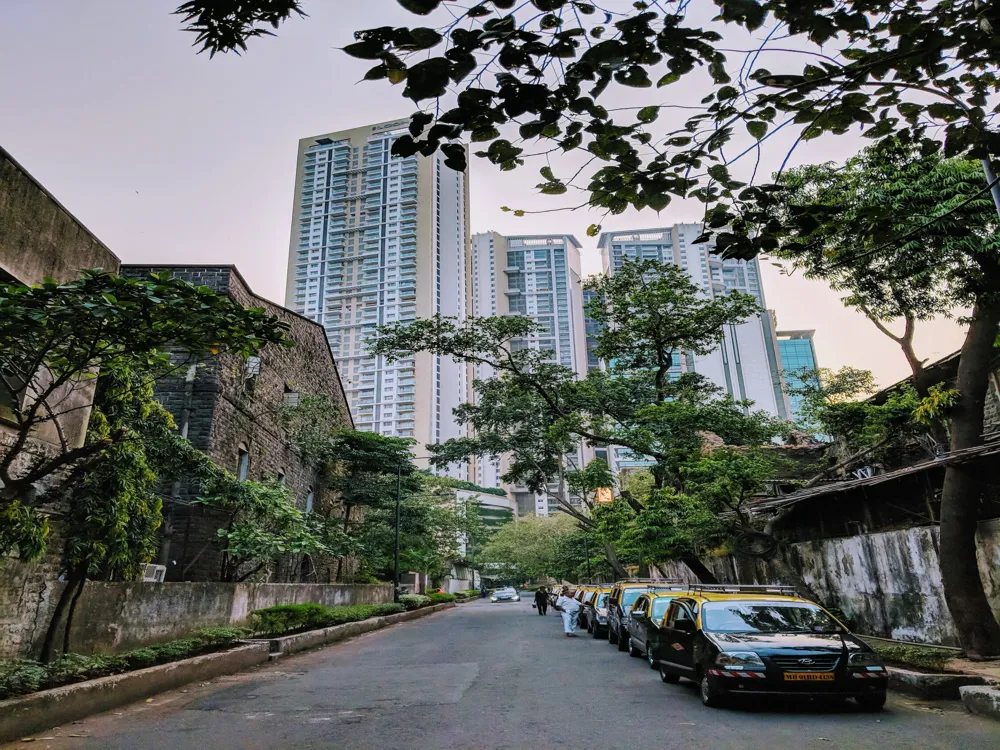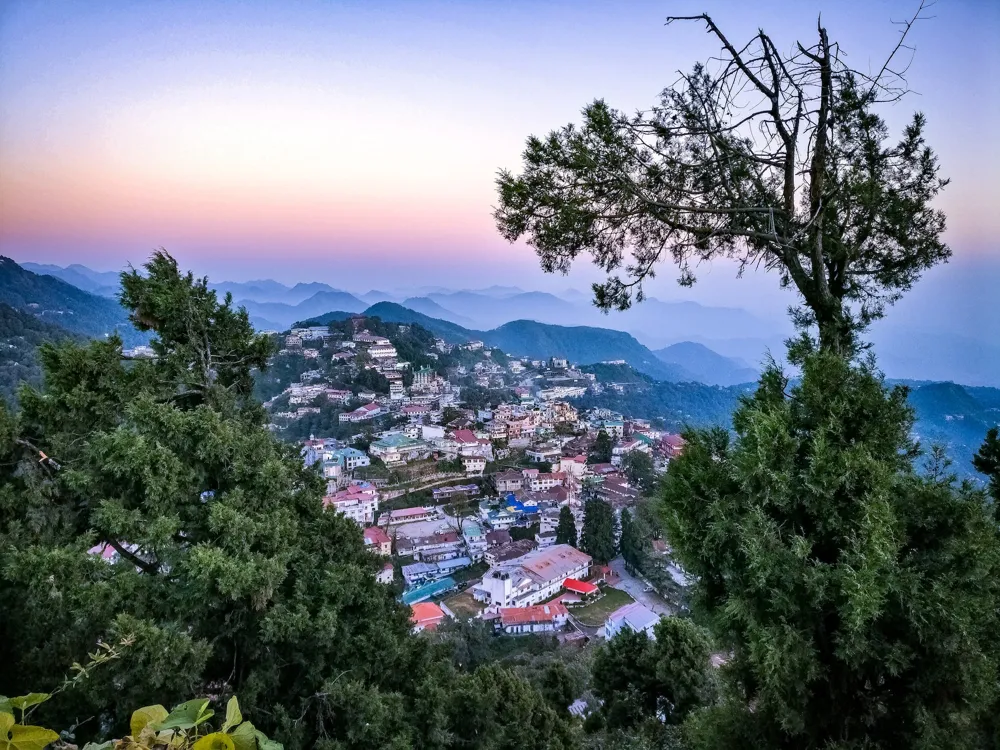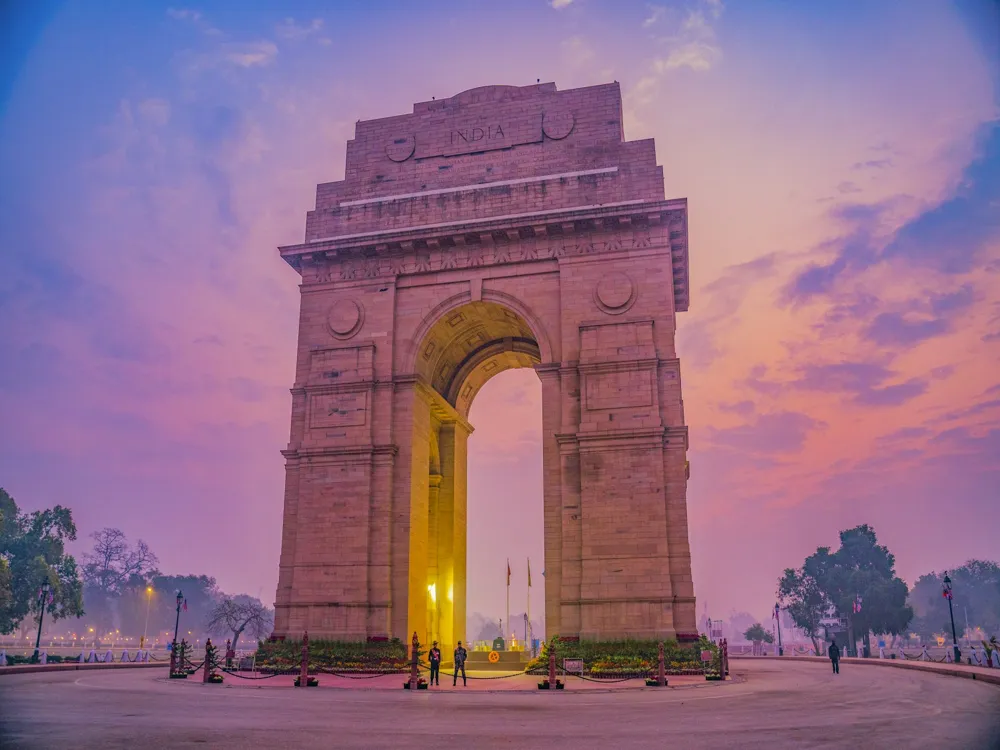Shastri Nagar, nestled in the heart of Hastinapur, Uttar Pradesh, is a locale steeped in cultural richness and historical significance. This area, known for its serene environment and rich heritage, offers a unique blend of ancient tradition and modernity. Hastinapur itself, often associated with the epic Mahabharata, holds a special place in India's cultural and historical landscape. Shastri Nagar, as a part of this illustrious town, inherits its historical and cultural importance, making it a noteworthy destination for both history enthusiasts and casual visitors. The history of Shastri Nagar is closely linked with the overall history of Hastinapur. Hastinapur's legacy dates back to the times of the Mahabharata, where it was the capital of the Kuru Kingdom. Over the centuries, the area has witnessed numerous dynasties and rulers, each contributing to its rich tapestry of history. Shastri Nagar, although a more recent development compared to the ancient town, still echoes the historical and cultural narratives of Hastinapur. The area is characterized by its peaceful streets, local markets, and community spaces that offer a glimpse into the everyday life of its residents. In contemporary times, Shastri Nagar has evolved into a bustling hub that balances its historical roots with modern developments. It is home to a diverse population that respects and celebrates its historical significance while embracing the changes of the 21st century. This blend of the old and the new is palpable in every corner of Shastri Nagar, from its architecture to its social life. The architecture of Shastri Nagar in Hastinapur is a fascinating amalgamation of historical influences and modern design. This area, reflecting the ancient city's grandeur, showcases a variety of architectural styles that span several centuries. The buildings in Shastri Nagar are not just structures; they are a testament to the area's rich cultural and historical heritage. One of the most striking features of Shastri Nagar's architecture is the way traditional Indian styles blend seamlessly with more contemporary designs. Ancient temples, with their intricate carvings and majestic spires, stand proudly alongside modern homes and buildings. These temples, some of which date back hundreds of years, are a window into the past, offering insights into the religious and cultural practices of the time. Besides the religious structures, Shastri Nagar is also home to several historical monuments and buildings that showcase the architectural brilliance of past eras. These include grand palaces, forts, and public buildings that were constructed under various rulers and dynasties. The craftsmanship evident in these structures is a testament to the skilled artisans of the past. In recent years, Shastri Nagar has seen a surge in modern architectural developments. These new structures, while modern in design, often incorporate elements of traditional Indian architecture, creating a unique and harmonious blend. This fusion is evident in the use of local materials, traditional motifs, and the adaptation of ancient Vastu principles in contemporary building designs. The streets of Shastri Nagar themselves tell a story of architectural evolution. Walking through these streets, one can witness the transition from narrow, winding lanes of the old city to the well-planned, wider roads of the new areas. The evolution of Shastri Nagar's architecture is not just about buildings; it's about the transformation of a community's identity and its adaptation to the changing times. Shastri Nagar, with its deep cultural roots, has certain traditions and practices that visitors should be aware of. Respecting local customs and dressing modestly, especially when visiting religious sites, is recommended. The local cuisine in Shastri Nagar is a must-try. The area is known for its delicious street food and traditional Uttar Pradesh dishes that offer a true taste of the region's culinary heritage. Visiting Shastri Nagar during local festivals can be a truly enriching experience. Festivals like Diwali and Holi are celebrated with great fervor, offering a glimpse into the vibrant cultural life of the area. Shastri Nagar is home to skilled artisans. Engaging with them and appreciating their handicrafts not only supports the local economy but also helps keep traditional crafts alive. As a place of historical importance, Shastri Nagar is involved in various conservation efforts. Visitors are encouraged to be mindful of their impact on the environment and heritage sites. Reaching Shastri Nagar in Hastinapur is convenient due to its well-connected transport system. The nearest major city is Meerut, which is well connected by road and rail. From Meerut, one can easily hire a taxi or take a bus to Shastri Nagar. For those traveling by air, the closest airport is in Delhi, from where one can take a train or a bus to Meerut and then proceed to Shastri Nagar. The area's connectivity with major towns and cities makes it an accessible destination for tourists and pilgrims alike. Read moreOverview of Shastri Nagar, Hastinapur, Uttar Pradesh
Architecture of Shastri Nagar, Hastinapur
Tips When Visiting Shastri Nagar
Understand the Cultural Etiquette
Explore the Local Cuisine
Plan Your Visit During Festivals
Engage with Local Artisans
Be Mindful of Conservation Efforts
How To Reach Shastri Nagar, Hastinapur
Shastri Nagar
Hastinapur
Uttar Pradesh
NaN onwards
View hastinapur Packages
Weather :
Tags : Shopping
Time Required : 3-4 hrs
Planning a Trip? Ask Your Question
Hastinapur Travel Packages
View All Packages For Hastinapur
Top Hotel Collections for Hastinapur

Private Pool

Luxury Hotels

5-Star Hotels

Pet Friendly
Top Hotels Near Hastinapur
Other Top Ranking Places In Hastinapur
View All Places To Visit In hastinapur
View hastinapur Packages
Weather :
Tags : Shopping
Time Required : 3-4 hrs
Planning a Trip? Ask Your Question
Hastinapur Travel Packages
View All Packages For Hastinapur
Top Hotel Collections for Hastinapur

Private Pool

Luxury Hotels

5-Star Hotels

Pet Friendly







